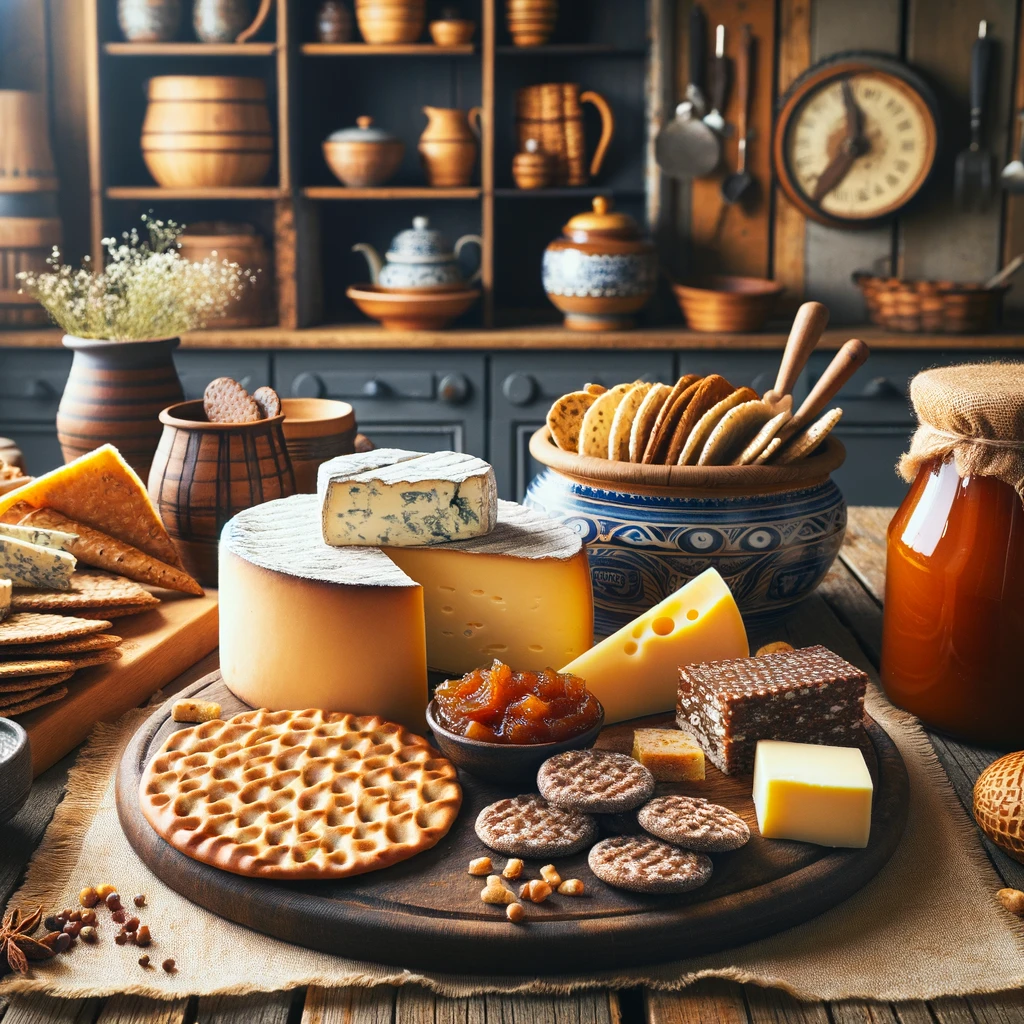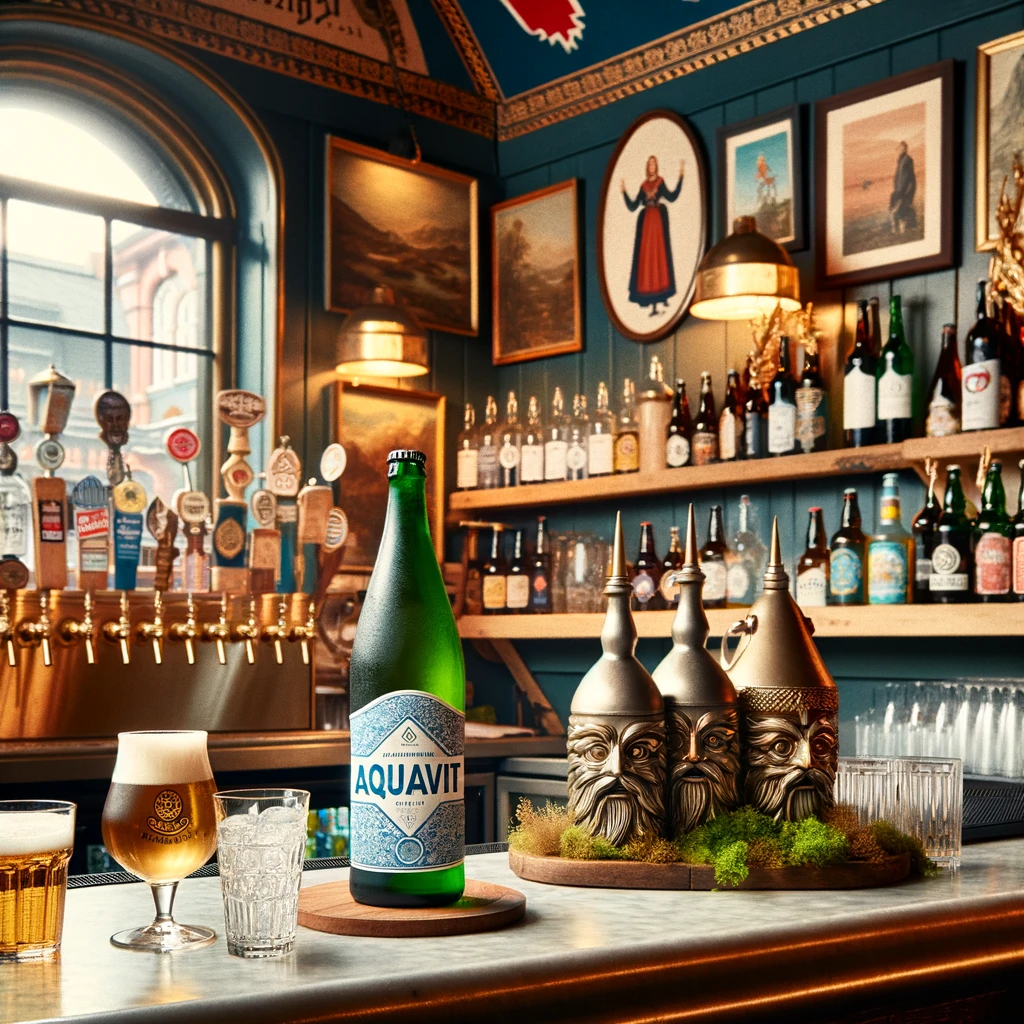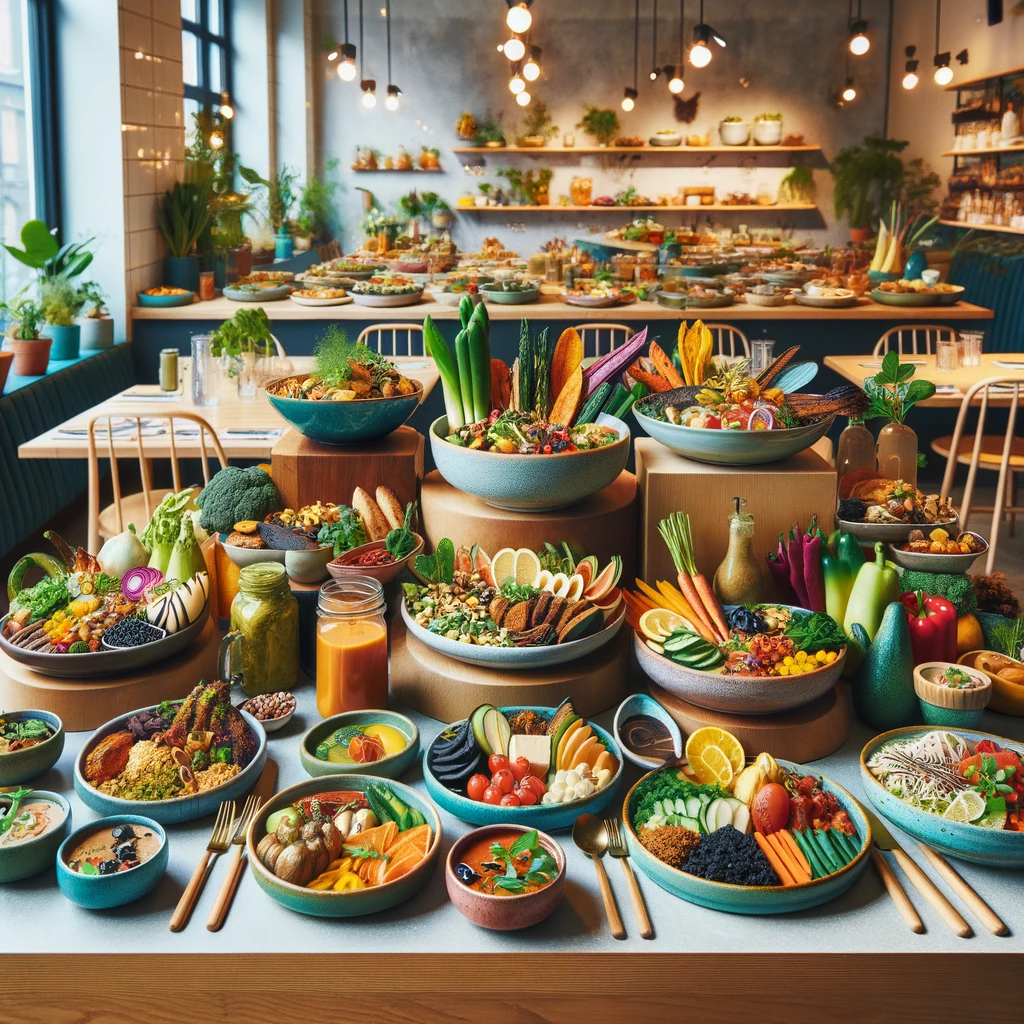
Local ingredients - the foundation of Norwegian culinary
Norway, surrounded by seas and rich in mountainous areas, offers a wide range of sea products and venison. Fish such as salmon, cod or herring are an integral part of a local diet. Meat, especially lamb and venison, also plays an important role. It is worth noting that the Norwegians place great emphasis on the quality and freshness of products, which translates into the unique taste of their dishes.
Tradition and modernity in Norwegian cuisine
Traditional Norwegian cuisine is based on long traditions of preserving food, such as drying, salting and fermentation. This is the result of the need to store food for long, cold winters. However, contemporary Norwegian cuisine combines these methods with modern cooking techniques, creating unique and innovative dishes.
Impact of local ingredients on Norwegian cuisine
Local ingredients not only define the taste of dishes, but also reflect the culture and history of Norway. Dishes such as Lutefisk, Rakfisk or Kjøttkaker, based on traditional recipes, are an important part of the Norwegian culinary heritage. Each of these dishes has its own unique history and method of preparation, which makes Norwegian cuisine fascinating not only for the palate, but also for the mind.
Traditional Norwegian dishes
Discover the classic flavors of Norway. When traveling around Norway, you must try local, traditional dishes. They have long been the foundation of Norwegian cuisine and culture. Below are four classic dishes that every tourist should try.
Lutefisk - Norwegian specialty
Lutefisk is a traditional dish prepared from dried white fish, most often cod, which is later soaked in water and lye. It has an exceptional jelly consistency and is often served with potatoes, pea puree, as well as greaves. This dish has deep roots in Norwegian tradition and is particularly popular during the holiday season.
Rakfisk - fermented fish
Rakfisk is another traditional Norwegian dish that involves the fermentation of fresh fish (often trout or salmon). The fermentation process gives the fish a distinct, intense taste. Rakfisk is often served with onions, cream and flat bread (Flatbrød).
Fårikål - Norwegian national dish
Fårikål, recognized as Norway's national dish, is a simple but delicious dish consisting of pieces of mutton cooked with cabbage and whole peppercorns. This is a popular choice for autumn dinners, characterized by a delicate, homemade taste.
Kjøttkaker - Norwegian minced chops
Kjøttkaker is Norwegian minced chops, often prepared from a mixture of beef and pork. They are seasoned with nutmeg and ginger, served with sauce, potatoes, as well as with vegetables such as Brussels sprouts or cabbage. Kjøttkaker is a dinner dish that you will find in many Norwegian homes.

These four traditional dishes are just the beginning of discovering the rich palette of Norwegian flavors. Each of them tells a story about the Norwegian heritage and local traditions, while being a great choice for anyone who wants to experience the real taste of Norway.
Norwegian snacks and delicacies
Discover Norwegian treats. Norwegian cuisine not only offers exquisite main dishes, but also a wide selection of snacks and delicacies. Below are three popular Norwegian specialties that are ideal for tasteing during a snack break or as an addition to larger meals.
Brunost - unusual brown cheese
Brunost, also known as 'brown cheese', is a unique Norwegian product. Its characteristic caramel color and sweet taste result from the process of cooking whey, milk and cream. This cheese is popular on Norwegian breakfasts and often served with bread or as an addition to various dishes.
Lefse - traditional Norwegian pancakes
Lefse is delicate, flat pancakes, often made of potatoes. They are soft and flexible, which makes them ideal for wrapping various fillings. Traditionally, Lefse is served with butter, sugar and cinnamon, but they can also be the base for more dry additives.
Sylte - Norwegian meat jelly
Sylte is a kind of Norwegian meat jelly, usually prepared from pork. It is a popular Christmas snack, often served with mustard and fresh bread. Sylte is characterized by a rich taste and is a great example of a traditional method of preserving meat.

These three snacks and delicacies are the essence of Norwegian culinary culture and perfectly represent a variety of flavors that can be found in Norway. They are a great opportunity to learn about the everyday life and traditions of the Norwegians, and are also a great complement to every journey around this beautiful country.
Drinks in Norway
Norwegian alcohol specialties. Norway is famous not only for exceptional dishes, but also in exceptional drinks. Among them are craft beers and traditional Norwegian alcohol - Aquavit. Here is a short guide to these popular Norwegian drinks.
Craft beers - a wealth of flavors
Norwegian craft beers are becoming more and more popular among both local residents and tourists. They are characterized by a wealth of flavors and aromas, resulting from an experimental approach to brewing. Norway offers a wide range of craft beers, from light lagers to intense stout. Many Norwegian breweries offer sightseeing and tasting, allowing for a fuller experience of local beer culture.
Aquavit - Norwegian alcohol pride
Aquavit is a traditional Norwegian alcohol that has a long history and is deeply rooted in the country's culture. It is a strong distilled drink, whose main ingredient is potato, and the characteristic taste is due to the additions of herbs and spices such as cumin and anise. Aquavit is often given as an aperitif and is an integral part of Norwegian holidays and celebrations.

Where to eat in Norway
A guide to Norwegian restaurants and taverns. Discovering Norwegian cuisine is not only trying to make different dishes, but also visiting places where these dishes are served. Oslo, the capital of Norway, and traditional Norwegian taverns offer extensive culinary experiences that will satisfy every gourmet.
Restaurants in Oslo - the flavors of the capital
Oslo, being a cosmopolitan city, offers a variety of restaurants that serve both traditional Norwegian dishes and international cuisine. Restaurants such as "Maaemo", famous for its exclusive dishes and exceptional culinary experiences, or "Engbret Café", one of the oldest restaurants in Oslo offering traditional Norwegian dishes, are excellent places to learn the flavors of Norway. It is also worth visiting premises offering fresh seafood, which is one of the main ingredients of the local diet.
Traditional Norwegian inn - the heart of Norwegian culture
Norwegian inn, known as "Kro", are places where you can immerse yourself in traditional Norwegian culture. They are usually found in picturesque locations, offering not only delicious dishes, but also a unique atmosphere. Inn such as "frognerSetheren", located on the Oslo hills, serves traditional dishes such as Rakfisk or Kjøttkaker surrounded by breathtaking views. These are perfect places for those who want to experience real Norwegian hospitality and cuisine.

While traveling around Norway, both Oslo with its dynamic restaurant scene and traditional Norwegian taverns, offer unforgettable culinary experiences. From modern restaurants to charming taverns, Norway has a lot to offer lovers of good food.
Vegan and vegetarian options in Norway
Norwegian cuisine for vegetarians and vegans. Norway is increasingly opening to vegan and vegetarian culinary trends. Throughout the country, especially in larger cities such as Oslo, Bergen or Trondheim, is growing the number of restaurants offering vegetarian and vegan options.
Vegetarians friendly restaurants
Restaurants such as "Nordvegan" or "Funky Fresh Foods" in Oslo gain recognition thanks to their creative and tasty vegan dishes. They offer a wide selection of dishes, from vegan burgers to traditional Norwegian dishes in a vegan installment. More and more traditional restaurants are also introducing vegetarian and vegan options to their menu, reacting to the growing demand.
Vegan delicacies
In Norway you will also find many vegan delicacies, such as the famous Norwegian wafers in vegan version or local sweets without animal ingredients. Cafe and bars offer vegetable milk and vegan cakes, making it easier to enjoy local flavors without ethical compromises.

Summary
Norway taste - a culinary journey. Culinary experience is a key element of traveling and learning new cultures. Norwegian cuisine, with its wealth of flavors and traditions, offers an unforgettable experience.
Tasting of local dishes is a great way to understand the culture and history of the region. Traditional Norwegian dishes, such as Lutefisk or Rakfisk, reflect Norwegian history and way of life. By eating local specialties, you not only enjoy unique flavors, but also connect to the place and its people.
Food is part of the travel experience that connects us with new places at a deeper level. Trying local dishes allows for more complete experience and understanding of the visited country.







